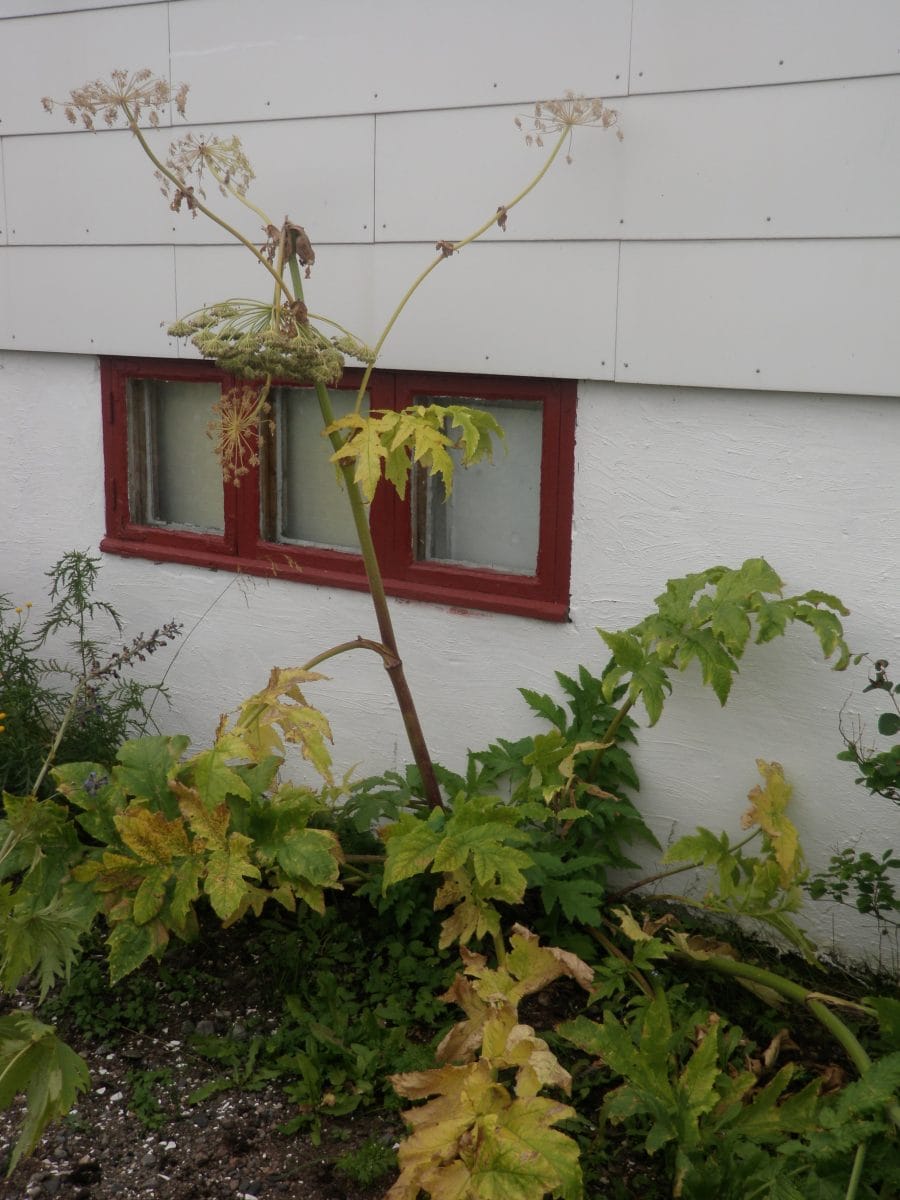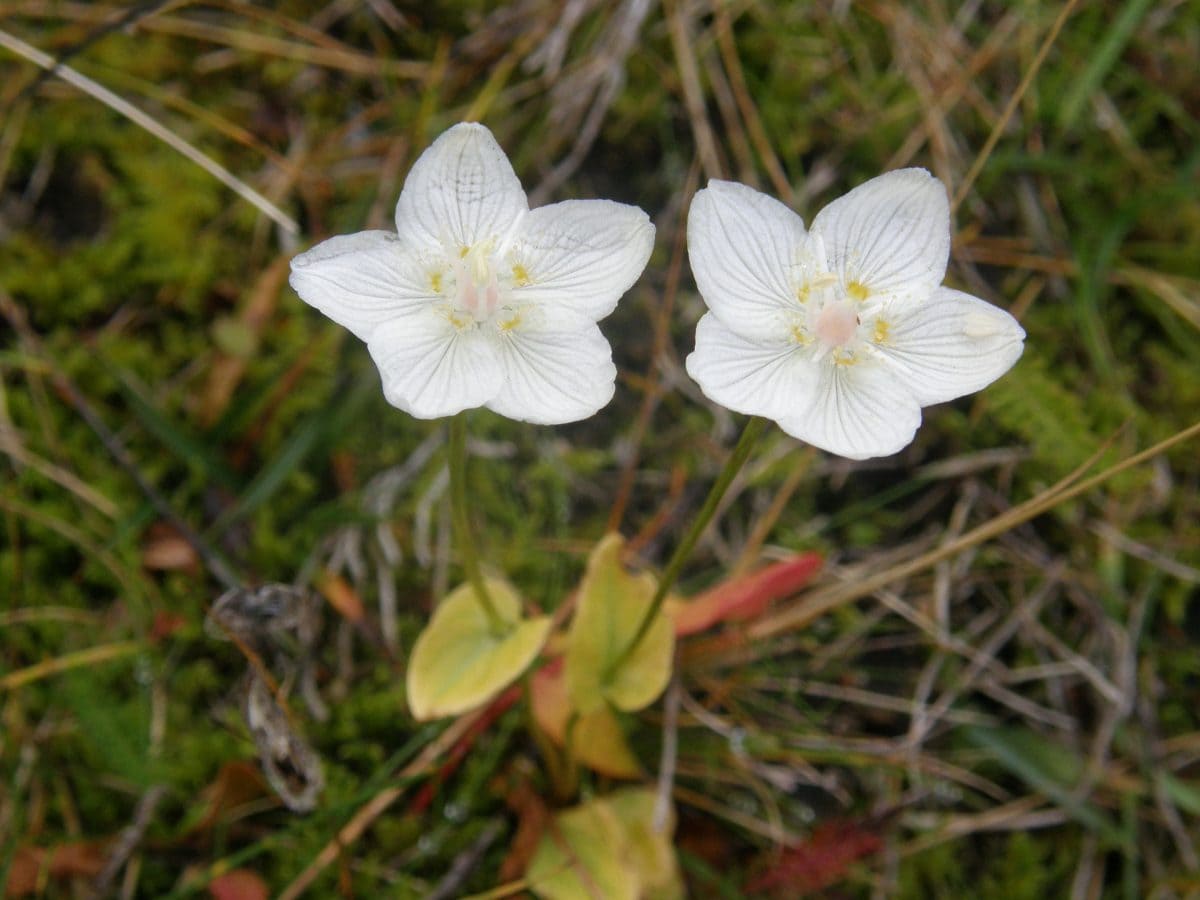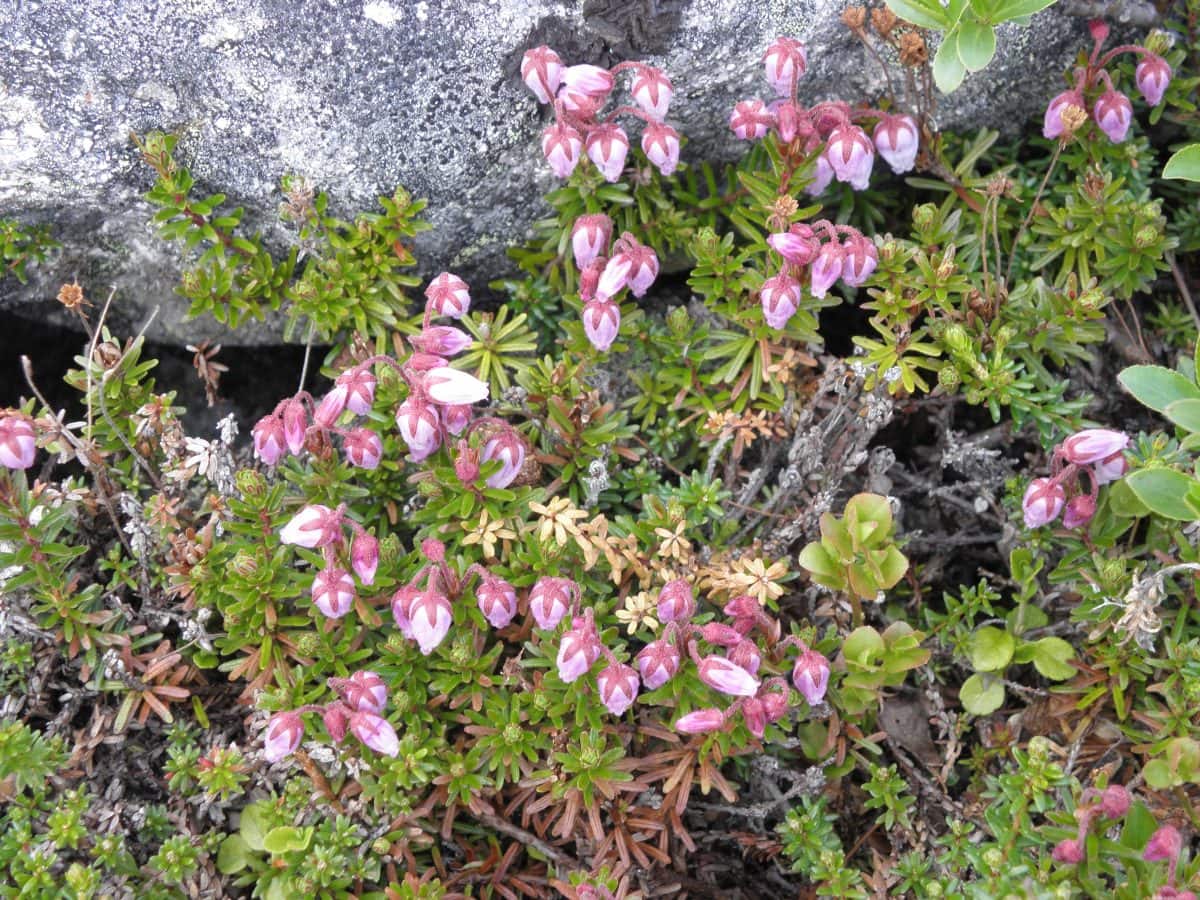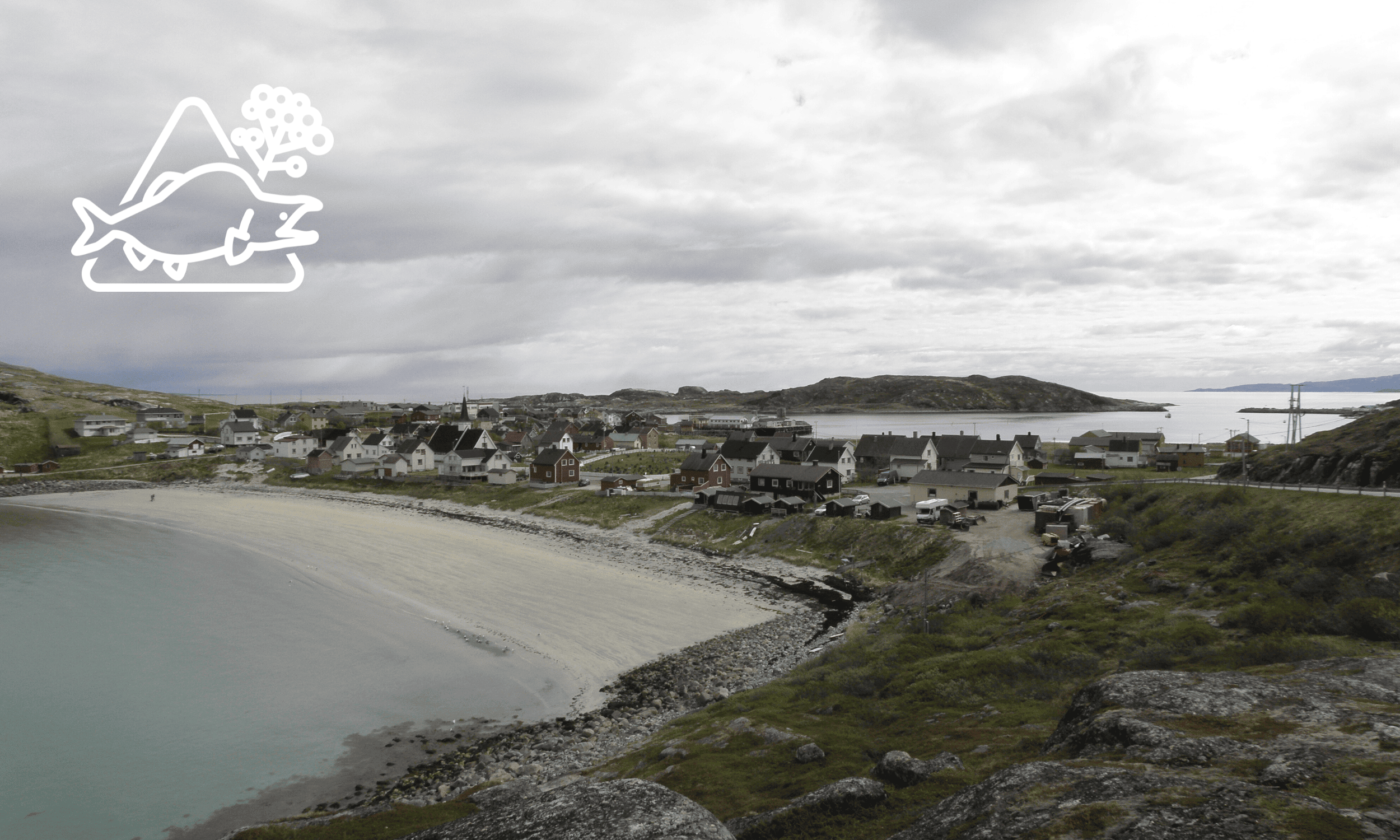The international nature platform IPBES stresses the value of prevention as the most cost-effective method of managing invasive alien species. This advice has been taken to heart in Bugøynes, and the village has successfully remained free of hogweeds, which are a prevalent issue on the coastal regions of Northern Norway. This exemplary success is thanks to the local villagers and the members of the Finnish Pykeijan Ystävät (Friends of Bugøynes) friendship association. The association was established in 2009 and serves as the connection between the Bugøynes village and Finns who are interested in the small fishing village.
Loppi resident Aulis Ansalehto is an active member of Pykeijan Ystävät and a member of its management board. Ansalehto, a retired crop production advisor, has charted the region’s flora for years and compiled a multilingual catalogue of the region’s plants.

Ansalehto follows Bugøynes’s environmental development with interest. He describes how they successfully prevented the spread of Persian hogweed (Heracleum persicum) when it was discovered in the village in 2017.
“On a walk around the village, we noticed a solitary ‘Tromsø palm’ in a private person’s yard. We told the locals that they should take steps to remove it while they still can. I also gave them an overview of the plant’s harmful impacts. In the years after that, we haven’t seen a single trace of the plant, not even new shoots,” says Ansalehto.

The Persian hogweed’s nickname of “Tromsø palm” stems from how the plant has become a true nuisance in Northern Norway, especially in the city of Tromsø, where these large plants can be found in nearly every yard. Ansalehto has also seen Tromsø’s struggles with hogweeds firsthand and been told that it is practically impossible to remove the plant once it has started to spread. The harmful impacts that Ansalehto warned the Bugøynes villagers about include both financial and health impacts.
Climate change increases risks
Ansalehto says that the soil in Bugøynes is very nutrient-poor, and winter in the region is long and cold. These factors have likely contributed to the fact that the village has stayed free of other invasive alien species such as the garden lupine (Lupinus polyphyllus), Nootka lupine (Lupinus nootkatensis), Himalayan balsam (Impatiens glandulifera) and Japanese rose (Rosa rugosa). On the other hand, traditional meadow and fell plants such as the rose root (Rhodiola rosea), mountain avens (Viola biflora), glacier buttercup (Ranunculus glacialis), blue heath (Phyllodoce caerulea), snow saxifrage (Saxifraga nivalis) and Northern grass of Parnassus (Parnassia palustris) thrive in the village.


However, climate change is causing the Arctic region’s climate to grow significantly warmer, especially in the winter, and it is easier for many animal and plant species to spread further north. The situation in Bugøynes may undergo significant changes, so they must stay vigilant. This important matter was discussed in the latest meeting of the Pykeijan Ystävät friendship association’s management board.
“In autumn 2024, we’re once again planning a culture and cooperation trip to Bugøynes. We’ll check how the village is doing with invasive alien species. And we’ll continue our work with the locals on the subject of Let’s keep Bugøynes free of invasive alien species,” Ansalehto promises.
Text: Susanna Winqvist (Rural Women’s Advisory Organization)
Photos: Aulis Ansalehto
Read more about hogweeds and their harmful impacts: https://barents-ias.info/invasive-alien-species/hogweeds/
